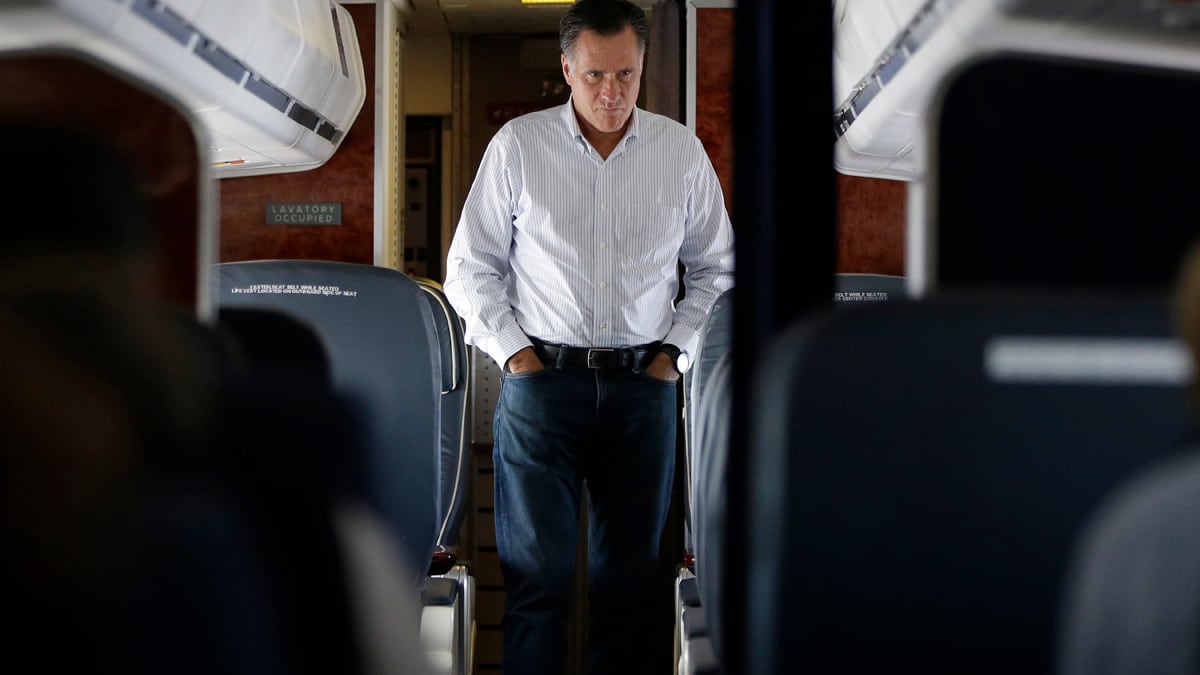Three hundred seventy-nine pages later, we now have Mitt Romney’s long-awaited 2011 tax return.
With an effective tax rate of 14.1 percent on $13.7 million in income, the Romneys paid less than usual last year—their 1990–2009 average was 20.20 percent—not to mention a lower rate than about 60 percent of Americans.
Besides paying more tax than necessary in order to abide by an August pledge, the returns also reveal new details about Romney’s investment income, foreign assets, charitable donations, real-estate holdings, and more.
First there’s the matter of Romney’s income from foreign sources, which was $3,505,188 in 2011—or about a quarter of all he made. Although the 1040 form lists “various countries” as the income’s source, it’s likely that almost all of these foreign profits came from assets and funds domiciled in tax shelters like the Cayman Islands and Bermuda. That’s because Romney only reported paying $83,853 in foreign taxes, a mere 2.4 percent of his offshore earnings. The United States government paid him back $102,790 in foreign tax credits, which are designed to compensate for income taxes accrued overseas.
Romney’s 2011 investment fortunes didn’t fare as well as one might expect. While his blind trusts paid him a dividend of $3.65 million and his long-term fund investments made $9.09 million, he reported a “short-term” capital gain loss of $2.28 million—that is, on assets he held for less than a year.
In 2011, the Romneys gave 30 percent of their income to charity. A third of that went to the Church of Jesus Christ of Latter-day Saints, as part of its 10 percent tithing requirement. The rest went to their Tyler Charitable Foundation. The campaign told The Daily Beast that the $2.74 million went to “a number of causes, a number of causes, including the Joey Fund [for cystic fibrosis], Cystic Fibrosis Foundation, Sabin Children’s Foundation, National Multiple Sclerosis Society, Dana-Farber Cancer Institute’s Jimmy Fund, and Homes for Our Troops.”
Though actively campaigning for president in 2011, Mitt Romney also made more than $260,000 in director’s fees—presumably for serving on corporate boards—and more than $190,000 in speaking fees. Along with any book sales, that would be his only income taxed at the 35 percent marginal rate.

In 2011, the Romneys lost just under $500,000 on an “involuntary” real-estate deal precipitated by “casualty or theft,” on top of $204,000 in other real-estate losses. Oddly, the Romney trusts also reported $39 in “casualty gains,” which are a recognized gain of property caused by fire, storm, shipwreck, or other casualty.
A look through Romney and his trusts’ disclosures yields a lot of “Goldman” and “Cayman.” Mitt Romney’s trust (PDF), managed by Boston lawyer R. Bradford Malt, is invested in several Goldman Sachs funds that make up the bulk of the trust’s capital gains—and losses. The proceeds and losses from the individual stock sales, along with the dates they were acquired, make up 31 pages of the 53-page return for the trust. Assets in the funds held for less than a year, and qualifying for the higher short-term capital gains rate, posted a nearly $285,000 loss for the trust.
The funds, however, were a bit savvier in the long term, showing more than $650,000 in gains in assets held for more than a year. The trust also reported interest income of more than $660,000, largely from Goldman Sachs funds, and more than $417,000 in dividend income, with once again the lion’s share from Goldman Sachs funds. The trust also had more than $150,000 in foreign income and just under $150,000 in foreign dividends.
Although Romney was doubly removed from the investments listed in his trust’s tax return—Malt is a trustee, not a stock-picker—it nonetheless details the purchase and sales of some politically sensitive stocks. Three of the most noteworthy are Walmart de Mexico, which was recently enmeshed in a bribery scandal; Vestas, a Danish wind-power company that is starting to cut jobs in anticipation of a tax credit expiring that Romney opposes; and BSkyB, the British broadcaster that was until last year a target for a full takeover by Rupert Murdoch’s media empire.







